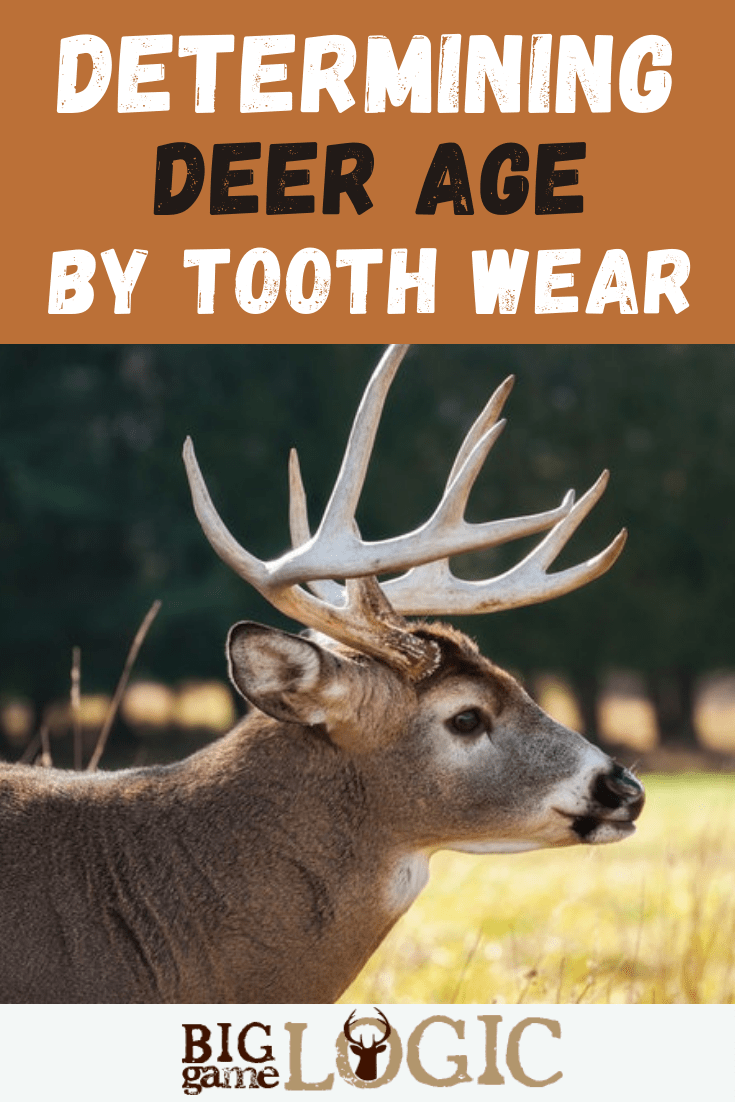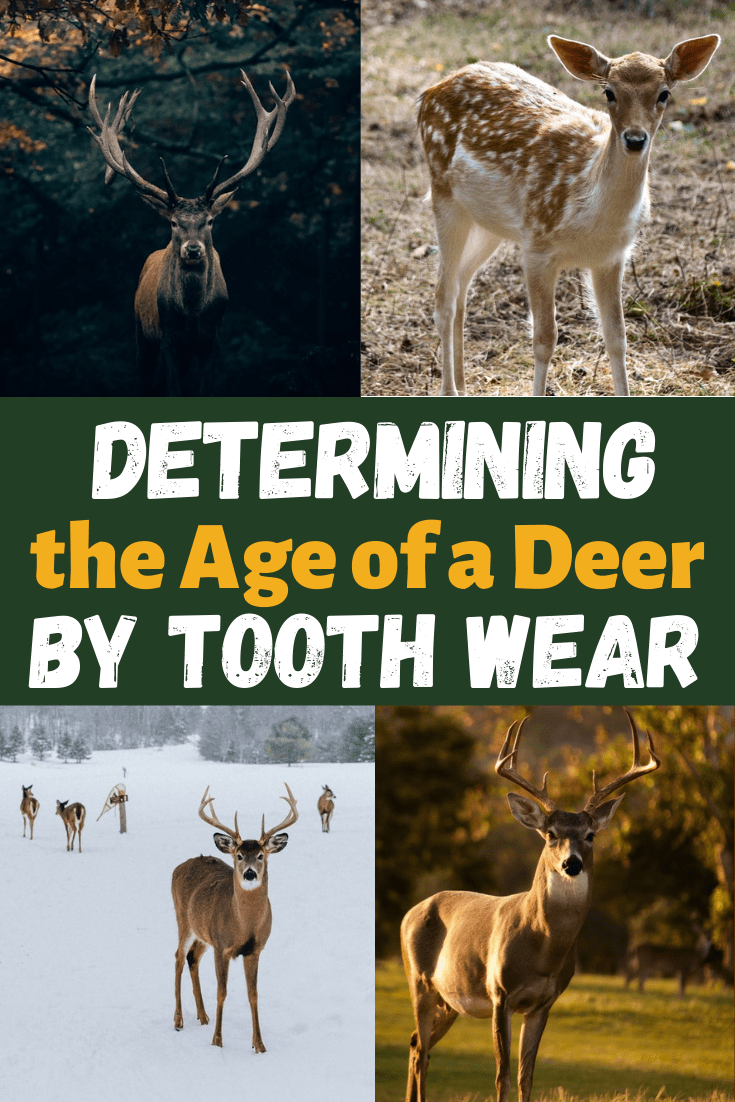Big Game Logic is reader-supported. When you buy through links on our site, we may earn an affiliate commission.
A deer rarely exceeds its average life expectancy of five years of age in the wild. They are capable of living over ten years but that does not happen very often.
The main reasons are natural causes such as being hunted by predators such as humans, wolves, bear, and big cats. Other causes are accidents (when a deer gets hit by a car) and starvation.
As a deer gets older, it is commonly accepted that they wear their teeth down. After ten years, if they make it that long, their teeth are so worn down that they will usually starve to death.
The accurate age of a deer starts with classifying it into one of three categories or age classes (Fawn, Yearling and Adult). Beyond those three classifications, it has not been proven that the age of a deer over the age of two can be determined without any doubt.
The most widely accepted method for determining the age of a deer is the Severinghaus (1949) Aging Technique of Tooth Wear. It is very accurate up to two years of age but there is only a 40% likelihood of determining the correct age of a deer over the age of two using that method.

How to Age Deer by Dentition and Tooth Wear
Below is how to age a deer by teeth:
Fawn
Under five months, both deciduous pincers present. Five to six months, the deciduous lost-one or both absent. Six to ten months, only first molar erupted. Three temporary premolars, third with three cusps. Permanent pincers in place.
1 ½ Years (17 Months)
Temporary premolars in place but worn. Note small first premolar and three-cusp third molar. Permanent third premolar has only two cusps. Part of third molar may not show.
18 Months
Usually in some phase of replacement of temporary premolars. Examine both sides as there may be some difference.
19 Months
Examine closely, since this age is difficult to determine; premolars and second and third molars show no wear. Upper third molar just coming through the gum.
2 ½ Years
Key is normally width of enamel and dentine on first molar. Enamel of lingual crests extends above the the dentine and is as wide as dentine. Enamel of buccal crest of second and third molars also extends above dentine. Some light wear on posterior cusp of third molar.
3 ½ Years
Lingual crest of first molar is short and not a true crest. Dentine shows as wide or more so than enamel. Dentine begins to assume greater width, particularly on buccal cusps, where it is generally wider than enamel on first and second molars. Balance wear on all teeth and compare width of enamel on boards.
4 ½ Years
Key is normally the first molar, though there may be exceptions. Lingual crest of first molar almost worn away, dentine almost twice the width of enamel. Lingual crests at second molar show same stage as first molar of 3 ½ year class. Dentine of lingual crests of second molar wider than enamel. On third molar, about as wide as enamel.
Infundibulum beginning to disappear in some first molars, though this is variable and an exception. Wear on first premolar is slight, moderate to heavy on third. Compare width of dentine of lingual and buccal crests with 3 ½ and 5 ½ year classes.
5 ½ Years
Careful comparison usually needed on width of enamel and dentine on all molar width. Sometimes the infundibulum of first molar just about gone, but not in all cases. Compare second molar with first molar in 4 ½ year class. Original lingual crests of first and second molars worn away. Lingual crests of third molar blunt.
6 ½ Years
In most typical specimens, the infundibulum of the first molar has disappeared. Dentine also joined in most specimens. Broadening of dentine in second and third molars continues. Grinding surface of first molar generally smooth. It also helps to note height of teeth above gum and compare with board. On some specimens a difficult age class, so careful comparison on all angles is necessary.
7 ½ Years
Comparison on height of teeth above gum line is the best key to distinguishing this and the next age class. There appears to be considerable variation in the infundibulum and the crests that sometimes remain. First molar usually worn down within two or three millimeters of gum line on buccal side. Infundibulum almost gone from third premolar; gone in first molar, usually shows in second and third molars.
8 ½ to 9 ½ Years
Compare height of teeth above gum. Infundibulum usually entirely worn away from all teeth, though some may show in third molar. Dentine usually joined in all cheek teeth. Wear on all premolars and molar teeth has reduced them to about two or three millimeters of tooth above gum line on cheek side.
10 ½ or more years
Since boards do not show this age class, a comparison with 8 ½ and 9 ½ jaw must be made. Look at the height above the gum line. Cheek teeth are worn to gum line or within two millimeters on buccal side. All dentine is joined. In some cases, pulp cavities may show.
Share to Pinterest




